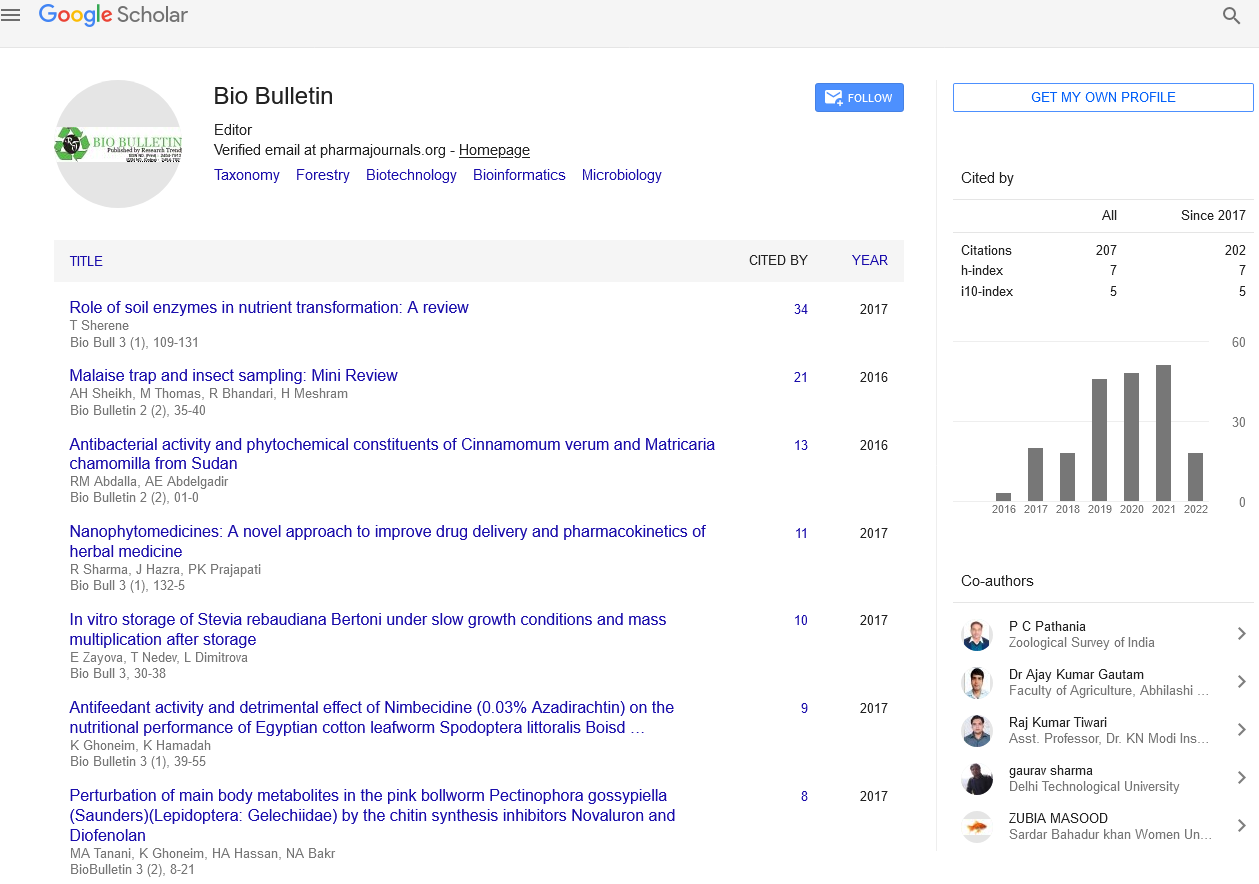Control Variable in Science and Statistical Analysis
Commentary - (2022) Volume 8, Issue 2
Description
Control variables are features that researchers maintain constant throughout all observations in a study. While these variables are not the primary focus of the study, keeping their values consistent helps in the study to establish and determine the true correlations between the independent and dependent variables. Control variables and control groups are not similar and differ from each other.
In science, researchers evaluate the effects of independent variables on the dependent variable; other factors though can influence the outcome. If the scientists do not control these other variables, the primary results of interest may be distorted. In other words, if those other factors are not controlled, they can become confounders that can bias the findings. Changes in the outcomes are due to uncontrolled variables rather than treatment or experimental variables. As a result, researchers have complete control on the values of these other variables.
Assuming an experiment with various fertilizers and plant growth, those are the main and primary variables. However, people should be aware that plant growth is influenced by soil moisture, sunlight, and temperature. These variables explain the plant growth differences by keeping them constant in all observations. As a result, moisture, sunshine, and temperature are essential control variables, these variables can be controlled by keeping their values constant throughout all observations. Noticing differences in plant growth can be more convinced that the fertilizers caused to them. When using control variables, researchers must identify them, record their values, and include the information in their report. This procedure aids other researchers in comprehending and replicating the findings. Improving the internal validity by controlling the variables and the degree of confidence that a causal relationship exists between the therapy and the difference in results is referred to as internal validity.
Control of variables in science
Scientists can control variables using several methods that scientists might use to control variables. Variables can be controlled directly in some instances. For example, in the fertilizer experiment, researchers can adjust the growing conditions. To decrease additional causes of variation, standard and uniform methods are used for all subjects. Other than the therapies, these efforts aim to erase all disparities between the treatment and control groups
Random assignment
There may be too many variables to control in some experiments. Furthermore, the researchers may not be aware of all relevant confounding variables. They can assign individuals to experimental groups at random in these circumstances. This method regulates variables by averaging all traits among the experimental groups and making them about equal before the experiment begins. The randomness helps in the elimination of systematic differences between the experimental groups.
Statistical control
Methods for equalize the experimental groups include direct controlled variables and random assignment.
They are, however, not always possible. There are too many variables to control in some cases. Random assignment may not be possible in other situations. Statistical techniques such as multiple regression analysis use a model that statistically regulates the variables rather than balancing the groups. Confounding variables are taken into account in the model containing a variable. This method allows isolating the role of the treatment while controlling for confounders.
Author Info
Gellar Doakes*Citation: Doakes G (2022) Consideration Aspects to be Kept Constant by Researchers during On- Field Experimentation. Bio Bulletin, 8(2): 01-02.
Received: 02-Jun-2022, Manuscript No. BIOBULLETIN-22-66758; , Pre QC No. BIOBULLETIN-22-66758(PQ); Editor assigned: 07-Jun-2022, Pre QC No. BIOBULLETIN-22-66758(PQ); Reviewed: 28-Jun-2022, QC No. BIOBULLETIN-22-66758; Revised: 05-Jul-2022, Manuscript No. BIOBULLETIN-22-66758(R); Published: 15-Jul-2022, DOI: 10.35248/2454-7913.22.8.096
Copyright:

